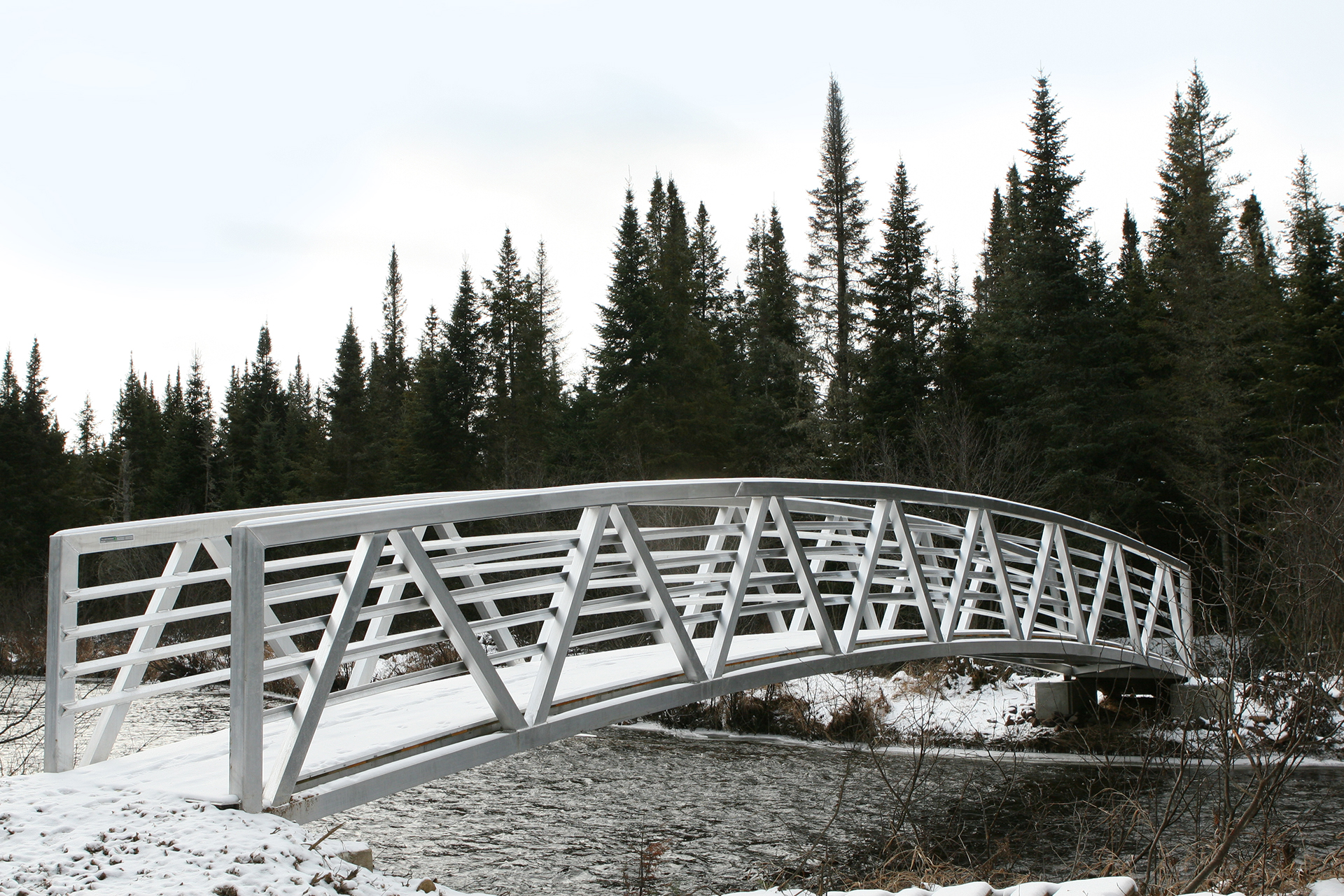The study, commissioned by MAADI Group Inc. engineering firm, and the Aluminum Association of Canada (AAC), utilizes the TCO framework to compare the costs and value attributes of aluminum vs. steel over the full lifespan of the bridge structure, using an integrated, long-term view of costing to evaluate their actual cost over decades, rather than considering initial cost of materials alone as the sole criteria for material selection.
Both aluminum and steel are presented as valid material options; however, the TCO bridge analysis, conducted in both urban and maritime environments, cites many benefits of the aluminum option as having significant cost advantages over painted steel and galvanized steel, mainly due to the fact that it is virtually corrosion free, and thus does not incur maintenance costs over the aluminum bridge’s lifetime, as the steel bridge does.
The TCO study evaluates a total of four cost categories: acquisition, which is often the largest up-front project cost for materials, parts, and land; installation, which varies based on location, regulatory, project timeline, weather, and project-specific constraints); maintenance and operations, which are annual expenditures to maintain safety and functionality over the structure’s lifespan; and disposition, including deconstruction, removal, salvaged materials and recycling, and site remediation.
Study results are charted to compare cost, including the 50-Year Total Cost of Ownership (in U.S. dollars) for: steel (2 coats) urban and maritime; steel (3 coats) urban and maritime; steel (hot-dip galvanized) urban; steel (hot-dip galvanized) maritime; and aluminum (natural finish), with all examples using a three percent discount rate.
“Ultimately, the results shown in the TCO study make the case for aluminum structures to be seriously considered as a cost-effective alternative to steel,” said MAADI Group CEO Alexandre de la Chevrotière, “The results also indicate that when using a typical six percent discount rate on materials, aluminum has a better Total Cost of Ownership than all other steel options by more than $4,000 in all maritime and urban environments, except for hot-dip galvanized steel in an urban setting – in this case, aluminum and steel are close to being equal in terms of TCO after 50 years. So, when comparing the bridge project to galvanized steel, the aluminum structure is equivalent to galvanized steel after 50 years in an urban environment, and after 21 years in a maritime environment.”
“The case for specifying an aluminum structures becomes even stronger when a project is located in a corrosive environment,” de la Chevrotière notes, “We believe that the Deloitte study demonstrates that aluminum deserves to be considered in the bidding process. Since a civil engineering project’s lifespan is typically many decades, this study shows that all aspects of a structure’s life cycle, including installation, maintenance, operation, and disposition costs, should be carefully considered when choosing the most cost-effective materials option that brings the greatest value to the project over its life.”

